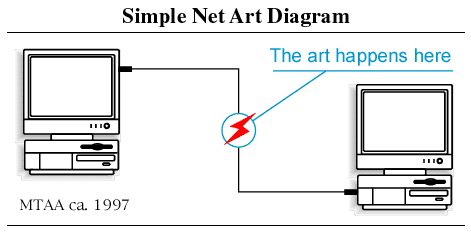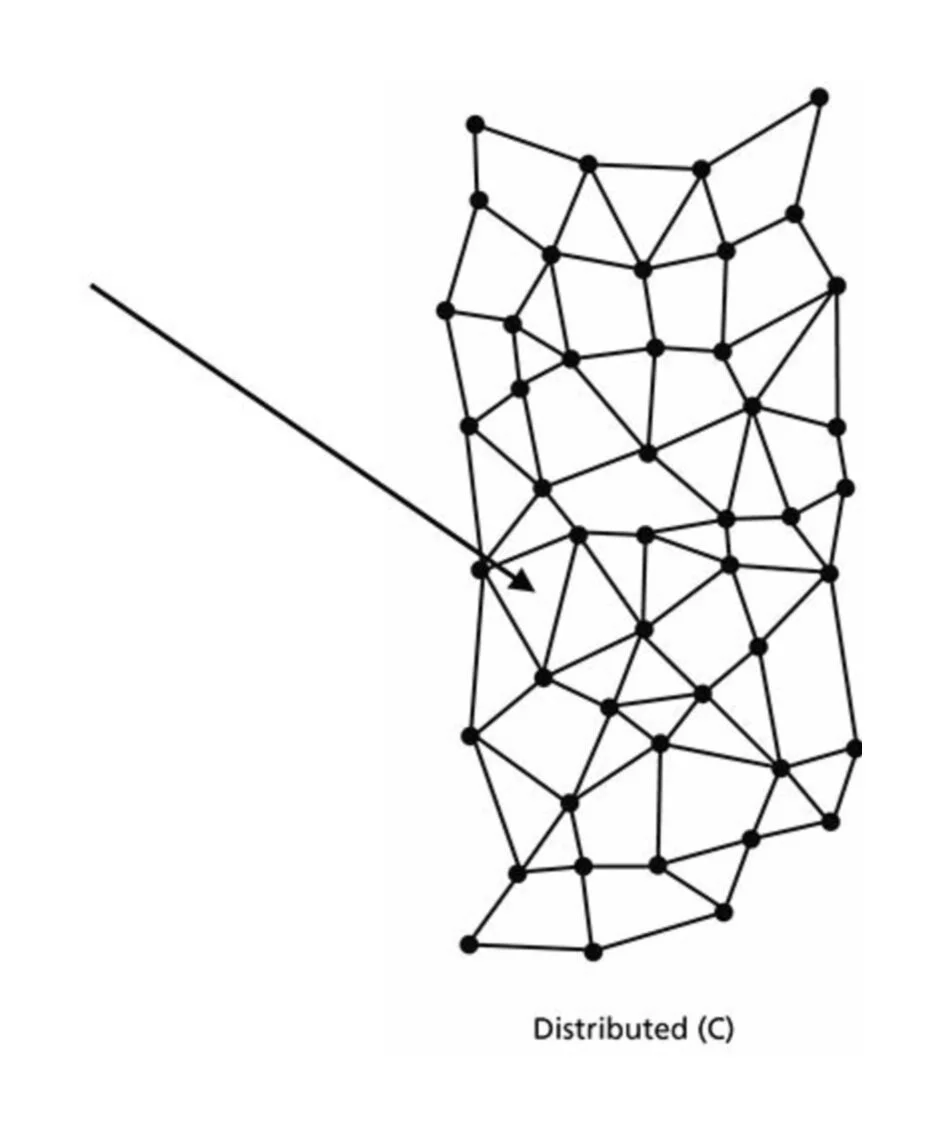In less than three decades, the end of the net art movement has been announced more times than its new beginning has been declared. Before the world wide web, very few artists ventured into the medium. At the onset of a public internet, the first death of net art came before the movement even ventured past its obsolete status.[1] The early 2000s brought a new group of net artists who saw utopian potential in the internet and began using it as a tool to demonstrate independence from traditional art markets.[2]
The net artists of today are more easily defined within the genre of new media art rather than net art since their work explores not only the technology of the internet but also the technologies employed on the internet and the socio-political contexts that it produces. Examining the ideas of artist and theorist Hito Stereyl early in her career, in comparison to ideas both her own and of her contemporaries today, provides some illumination to the current death and rebirth of net art which we are most currently experiencing.
Looking back to the year 2000, the Simple Net Art Diagram (SNAD), a work by the group MTAA, is a pertinent starting point. As described by the Net Art Anthology, an archive of net art from the 1980s to the 2010s, “[SNAD] conveys complex concepts about net art: first, that it “happens,” and therefore can be thought of as an action or a performance; and second, that it is defined by in-betweenness.”
Figure 1: MTAA, Simple Net Art Diagram, ca. 1997. Animated GIF. Source: Net Art Anthology.
In the essay "In Defense of the Poor Image," Hito Stereyl identifies the framework by which to understand the ecosystem of images in the digital age. Organization, circulation, and manipulation all contribute to the value that an image holds. Poor images exist without organization, are circulated in excess, and have no bounds of authenticity, manipulated endlessly. Photographs of "value" exist with gatekeepers: traditional art markets limit the public’s access to images that are rich, meaning they have a high pixel count and fine grain. To defend the poor image is to celebrate that which exists without scarcity. In chaos, poor images cross borders. Without bounds, they are accessible across race, gender, class, and nationality.
Since this essay was written in 2009, Hito Stereyl has gone on to exhibit her video and new media work internationally. In 2017, Stereyl was listed by ArtReview as the number one most influential person in the world of contemporary art. Stereyl’s following has continued to grow since the essay “In Defense of the Poor Image,” but her opinion on the topic has shifted. In a 2019 interview with the Brooklyn Rail, when asked her opinion on low-res images, Stereyl responded, “12 or 15 years ago, I thought there would be some kind of redemption or at least pleasure in dealing with these materials. But, I think the overall situation with the internet has changed to a point where basically everything can be weaponized immediately, so I think that the innocence of the glitch and the imperfect image is very much lost at this point. I am no longer working with this material.” Today, Stereyl’s work examines the neoliberal era, with media and politics maintaining their position as central threads.
Figure 2: Paul Baran’s 1964 distributed network diagram as included in “Contra-Internet.” Source: e-flux.
Stereyl belongs to a cohort of artists recognized for their meditations on and critique of the digital age. Uncanny Valley: Being Human in the Age of AI is an exhibit featuring a selection of new media artists, Stereyl included. The exhibit explores ways in which artificial intelligence and its new application to social questions has developed with harmful biases. Each of the fourteen contributing artists has prepared work which offers a reflection on the ethical and moral concerns in the age of AI. Contributing artist Zach Blas’s work explores the internet in the context of late-stage capitalism, surveillance, and control. In the article "Contra-Internet," which Blas wrote for e-flux (the same publication where Hito Stereyl first released the essay, “In Defense of the Poor Image”), Blas discusses “the internet as a totalized sociocultural condition.” Central to Blas’s analysis of the internet is the term "paranode," as defined by Ulises Ali Mejias in “The Outside of Networks as a Method for Acting in the World" in Off the Network. Paranodes can most simply be understood as the space that exists between and outside of the network. Though not referenced by Blas, this analysis of the net, and of what defines net art, is inseparable from the work of MTAA twenty years ago. Blas also references the 1964 network diagram by Paul Baran, the paranode clearly indicated on the figure (shown above).
The way in which the internet can be understood as a web of information, and the way net art can be understood as some form of in-betweenness still rings true. What differs is the historical implications that have become a reality in the last twenty years. In an interview with the New Inquiry discussing the piece, “Contra-Internet Inversion Practice #3: Modeling Paranodal Space,” Blas identifies two key questions that guided his research for the piece:
When and how did the internet transition from a site of immense political potentiality to a premiere arena of control, surveillance, and hegemony?
Why is it so difficult to conceive of an alternative or outside to the internet today?
These questions share a commonalty with the words of Stereyl above in discussion of the climate of the poor image. Stereyl and Blas reflect a sentiment of contemporary new media artists: the virtual ecosystem is not the same as it was a ten years ago. What defines new media art is a continuing analysis and reflection on this ecosystem. The ideas and questions raised by Stereyl and Blas are pertinent examples of this work.
To gain more insight into the perspectives of net and new media artists today, check out the visualization below, a growing collection of interviews, writing, and exhibits by artists including Zach Blas and Hito Stereyl.



